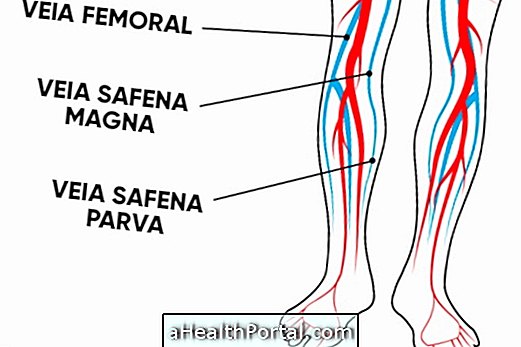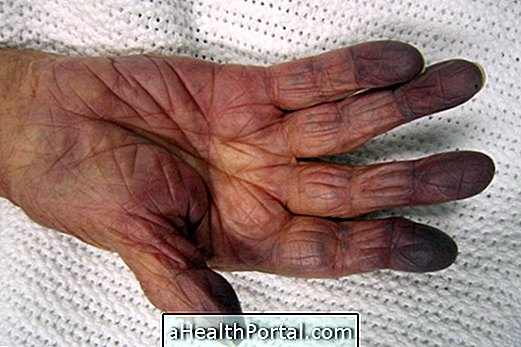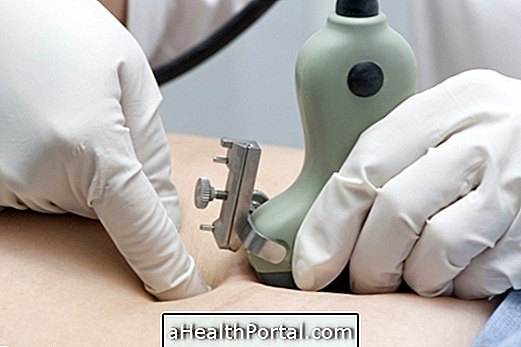Surgery for saphenous vein removal, or saphenectomy, is a treatment option for varicose veins in the legs and, because removal of this vein is necessary, is a bit more complex than other procedures, such as foam injection or radiofrequency, for For example, it is a definitive treatment for varicose veins.
The recovery of this surgery of varicose veins happens in about 1 to 2 weeks, and the physical activities are released after 30 days. In this period, the use of elastic stockings, and medicines for pain relief, such as anti-inflammatories or analgesics, prescribed by the vascular surgeon are indicated.

Risks of surgery to remove the saphenous
Although it is a surgery with few risks, the safenectomy may have some rare complications, such as the injury of nerves near the vein, which can cause tingling and loss of sensitivity, besides bleeding, thrombophlebitis, thrombosis of the leg or pulmonary embolism.
See the care you should take before and after surgery to avoid these types of complications.
How is the recovery after the saphenous
In the postoperative period after withdrawal of the saphenous vein, the patient is advised to rest, preferring to be legged for 1 week, in addition to:
- Wear elastic stockings for the compression of the legs;
- Use medications for pain control, such as anti-inflammatories and analgesics, as prescribed by your doctor;
- Do not exercise or expose to the sun for 1 month.
In addition, clean and dry spots should be kept in place. Ointments can also be used to relieve bruising, such as hirudoid, for example.
How surgery is performed to remove the saphenous vein
Removal of the saphenous vein is indicated to treat varicose veins when the saphenous vein is clogged due to excessive dilatation of this vessel, or when the saphenous vein no longer functions as it should to return blood from the legs to the heart. The procedure is done in a surgical center, with spinal or general anesthesia, and the surgery time is usually about 2 hours.
The saphenous vein is a large vein that runs from the groin to the knee, where it divides into two, the great saphenous vein and the saphenous sapphire, which continue to the feet. Despite its size, withdrawal of the saphenous vein is not detrimental to health, as there are other, deeper vessels that are more important for the return of blood to the heart.
However, if the saphenous veins are still functioning, their removal should be avoided, since the saphenous vein is useful for performing the saphenous bridge, if necessary, which is the surgery in which the saphenous vein is implanted in the heart to replace the clogged coronaries of the heart.
See the other options for varicose veins surgery that preserve the saphenous vein.












/como--feito-o-tratamento-para-coronavrus-(covid-19).jpg)








